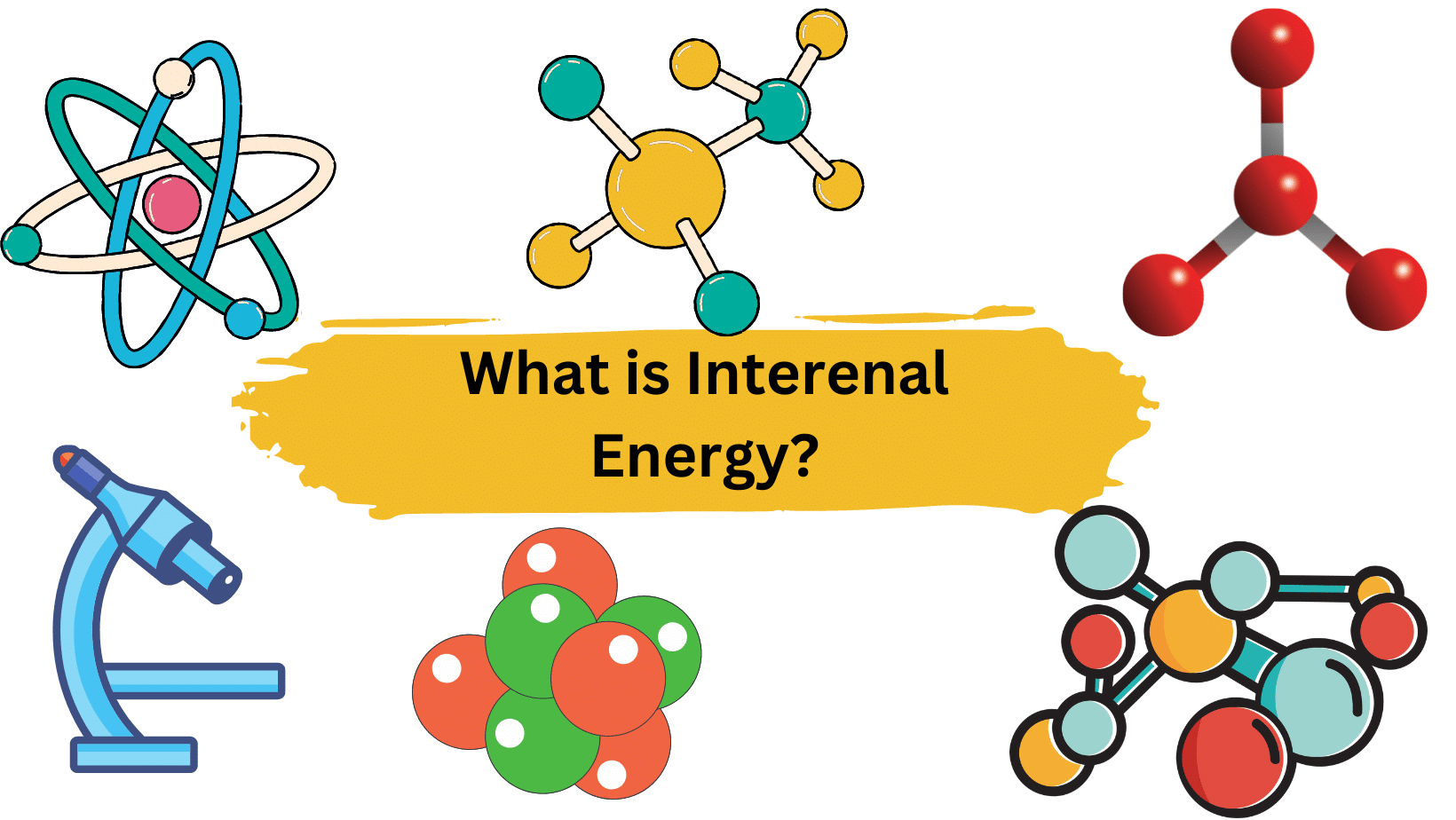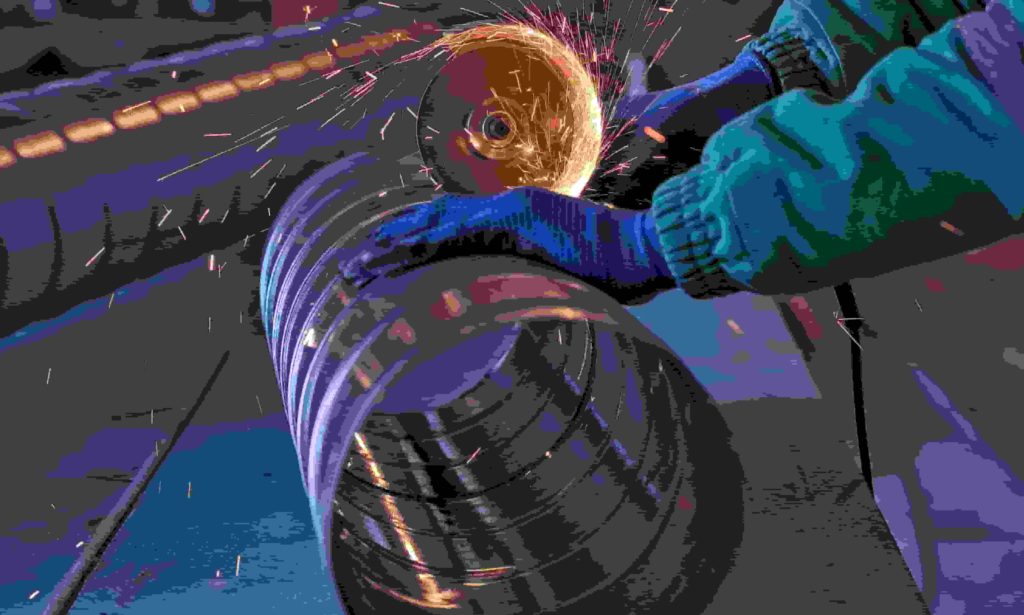The spread of a substance from a concentrated point to a less concentrated point is known as diffusion. Everything can diffuse, from the smallest molecules to an entire population. For instance, a perfume or room freshener spray diffuses into the air, allowing us to sense the odor. Diffusion occurs in liquids and gases when particles collide and spread out randomly.
Some daily life examples of diffusion are listed below:
- Dip the tea bags in hot water to diffuse the tea.
- Helium diffuses through the balloon surface into the air, a helium balloon deflates slightly.
- Carbon dioxide is transferred to the chloroplast by diffusion from air pockets between mesophyll cells.
- When a sugar cube is placed in a liquid, it dissolves and diffuses throughout the liquid, sweetening it evenly without stirring.
- Sugar dissolves evenly and sweetens the water without requiring stirring.
- When we add boiling water to dried noodles, the water diffuses, causing rehydration and making the dried noodles plumper and saturated.
- The spreading of ink or dye in water.
- During the respiration process, diffusion helps in diffusing the carbon dioxide gas to escape the cell membrane into the blood.
- The movement of ions through the neurons that generate electrical charge is due to diffusion.
Table of Contents
Diffusion Definition
Diffusion is defined as “the movement of molecules down a concentration gradient from a region of higher concentration to a region of lower concentration.” A number of factors influence the diffusion process, changing the rate and extent of diffusion both individually and collectively. These factors are as follows:
Temperature.
Interaction Area.
The particle’s size.
The gradient’s steepness in concentration.
Diffusion Pressure
Diffusion pressure is the pressure produced by a substance’s tendency for its molecules or ions to diffuse. The concentration of the diffusing molecule is directly proportional to this pressure. The diffusion pressure gradient is the difference in diffusion pressure between two points.
Diffusion always occurs from a high diffusion pressure (concentration) region to a low diffusion pressure region, implying that the diffusion pressure is gradient. Thus, the rate of diffusion in a region is determined by the difference in diffusion pressure between two points in that region.
Diffusion in Liquids
The diffusion process in liquids is slower than that in gases. It is because liquid constituent particles move more slowly than gas constituent particles. Intimate mixing occurs when diffusion occurs between a liquid and a gas. This process can be explained using kinetic theory. It states that collisions between particles in a liquid or gas occur at random.
Diffusion in Gases
Since interparticle spaces in gases are large and forces are weak, particles from one gas can easily move into the empty spaces of another. That is why the diffusion is greatest among the gases.
Diffusion Coefficient
The diffusion coefficient (D), also known as mass diffusivity, measures the rate at which one material diffuses through another. Diffusion will be faster if D is greater. It is a key variable in many equations, including Fick’s First and Second Laws.
The diffusion coefficient has units of area per time (m2/s) in SI units. The term refers to the mass of substance, with a concentration gradient of unity, diffuses through a unit surface in a unit of time.
Graham Law of diffusion
Graham’s law states that the rate of diffusion or effusion of a gas is inversely proportional to its molecular weight squared. The spread of one gas into or through another is referred to as diffusion, whereas effusion is the passage of a gas through a small hole.
Osmosis
Osmosis is the movement of solvent molecules across a semipermeable membrane from a less concentrated solution to a more concentrated solution.
More Links
Linear Motion or Rectilinear Motion
Filtration Definition and Types
London Dispersion Force| Definition and Examples
Static Pressure| Definition, Meaning, and Examples
Fluid Friction| Definition, Types, and Factors Affecting
Plastics and Polymers| Definitions and Examples
Gauge Pressure Formula
- BCl3 Lewis Structure in four simple steps - November 1, 2023
- PH3 Lewis Structure in four simple steps - October 8, 2023
- PF3 Lewis structure in four simple steps - September 24, 2023



